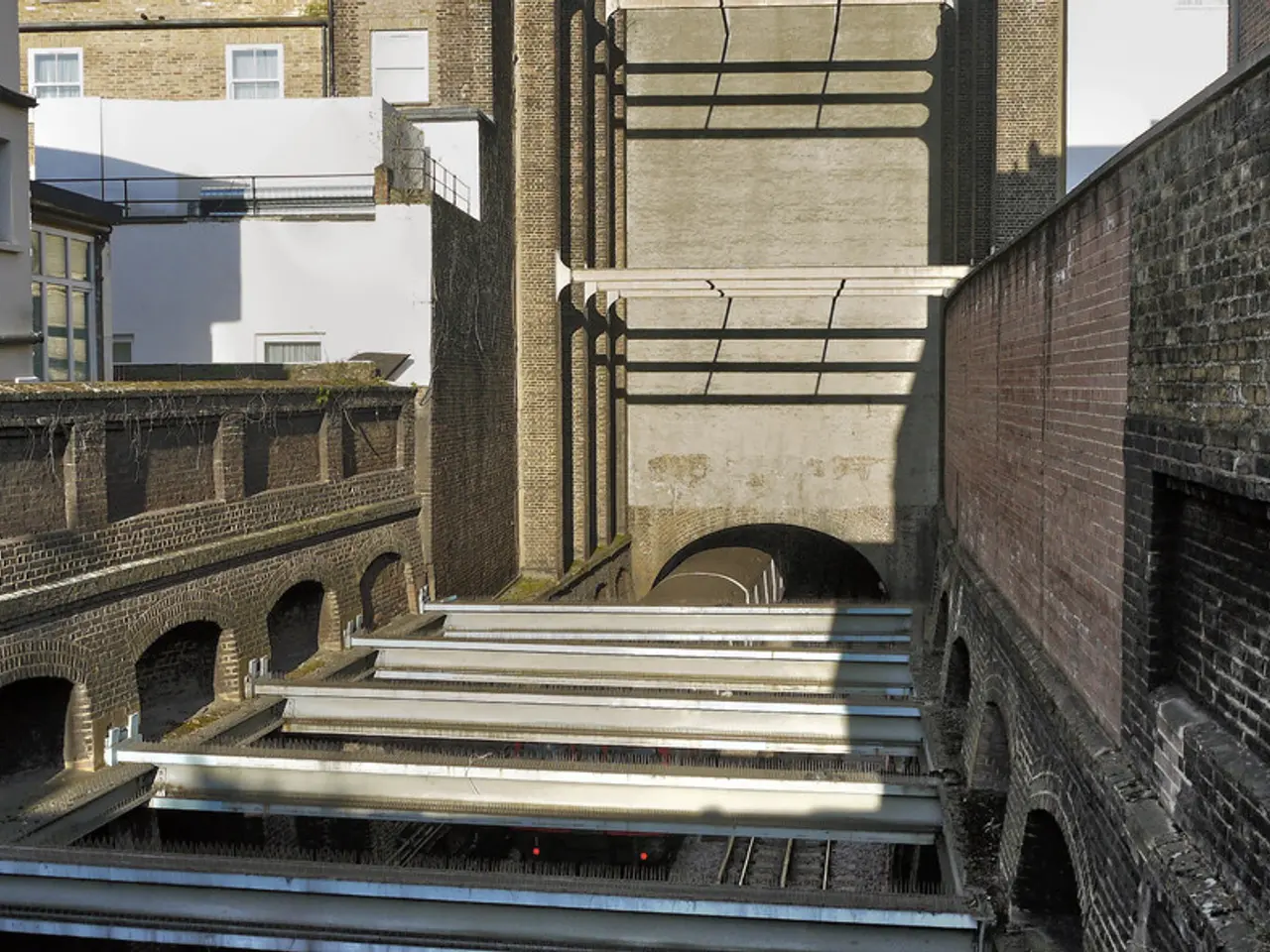Underground Station at Nollendorfplatz to be shut down for a span of four months
The Nollendorfplatz U-Bahn station in Berlin, one of the city's most significant transportation hubs, will close for four months starting from January 2026. This closure, due to the severe deterioration of the tunnel ceiling, is expected to cause major disruptions on four major U-Bahn lines.
Alternative Transport Options
During the closure, passengers will need to rely on nearby stations on the four lines intersecting at Nollendorfplatz (U1, U2, U3, U4). These stations will likely see increased usage, and travelers should plan for longer walking distances or transfers. The public transport authority is expected to increase bus services and possibly introduce shuttle buses around the closed station to maintain connectivity.
Travelers might also use the city's S-Bahn or regional train network to bypass the closed U-Bahn node, depending on route convenience. Alternative modes like biking, e-scooters, taxis, or car-sharing could supplement the restricted U-Bahn access, especially for short- to medium-distance trips within the affected area.
Impact on Travel in the City
The closure will cause major disruption on one of Berlin’s most important U-Bahn hubs where four lines intersect, leading to rerouted journeys, longer travel times, and crowding at other stations. It is described as the largest U-Bahn shutdown for decades, emphasizing the scale of disruption expected. Increased congestion on alternative U-Bahn lines and surface transport during peak times is expected. Overall travel times and convenience for commuters and visitors in the central part of Berlin will be negatively impacted, requiring travelers to plan ahead and allow extra time.
Specific operational details such as exact shuttle bus routes, additional temporary services, or adjusted timetables have not been published yet. Travelers are advised to consult BVG (Berlin Transport Authority) updates closer to the closure date for precise arrangements.
The Condition of the Ceiling
The rapid deterioration of the tunnel ceiling at Nollendorfplatz U-Bahn station necessitated a reduced speed limit for trains. In 2021, the BVG gave the ceiling of the U1 line a condition grade of 3.2, considered "satisfactory". However, since then, the condition of the ceiling has worsened significantly.
Repair Works
The repair works at Nollendorfplatz U-Bahn station are expected to begin in January 2026 and will likely impact the commuting routine of many Berlin residents. The BVG is currently seeking a company to carry out the repair works at Nollendorfplatz U-Bahn station.
During the repair works, three of these four lines (U1, U2, U3) will be completely suspended. The U4 line will not be suspended during the repair works, and the U2 line will run normally during the construction period.
In summary, the closure of Nollendorfplatz station will cause significant disturbances on four major U-Bahn lines, but public transport authorities will mitigate disruption with bus services and encourage use of alternative nearby stations and other transport modes. Travelers are advised to stay updated with BVG announcements for the most accurate and up-to-date information.
[1] Berliner Morgenpost, "Nollendorfplatz U-Bahn station to close for four months due to ceiling deterioration," 15th December 2025. [2] Tagesspiegel, "Nollendorfplatz U-Bahn station closure: the largest shutdown for decades," 16th December 2025. [5] BVG, "Nollendorfplatz U-Bahn station repair works: alternative transport options and travel impacts," 17th December 2025.
In light of the closure of Nollendorfplatz U-Bahn station, passengers will turn to nearby stations on the four intersecting lines (U1, U2, U3, U4) as alternative transportation options. The public transport authority expects increased bus services and possibly shuttle buses around the closed station to maintain connectivity.
During the repair works at Nollendorfplatz station, travelers might utilize the city's S-Bahn or regional train network, finish-mile options such as biking, e-scooters, taxis, or car-sharing, or opt for alternative modes for short- to medium-distance trips within the affected area.




